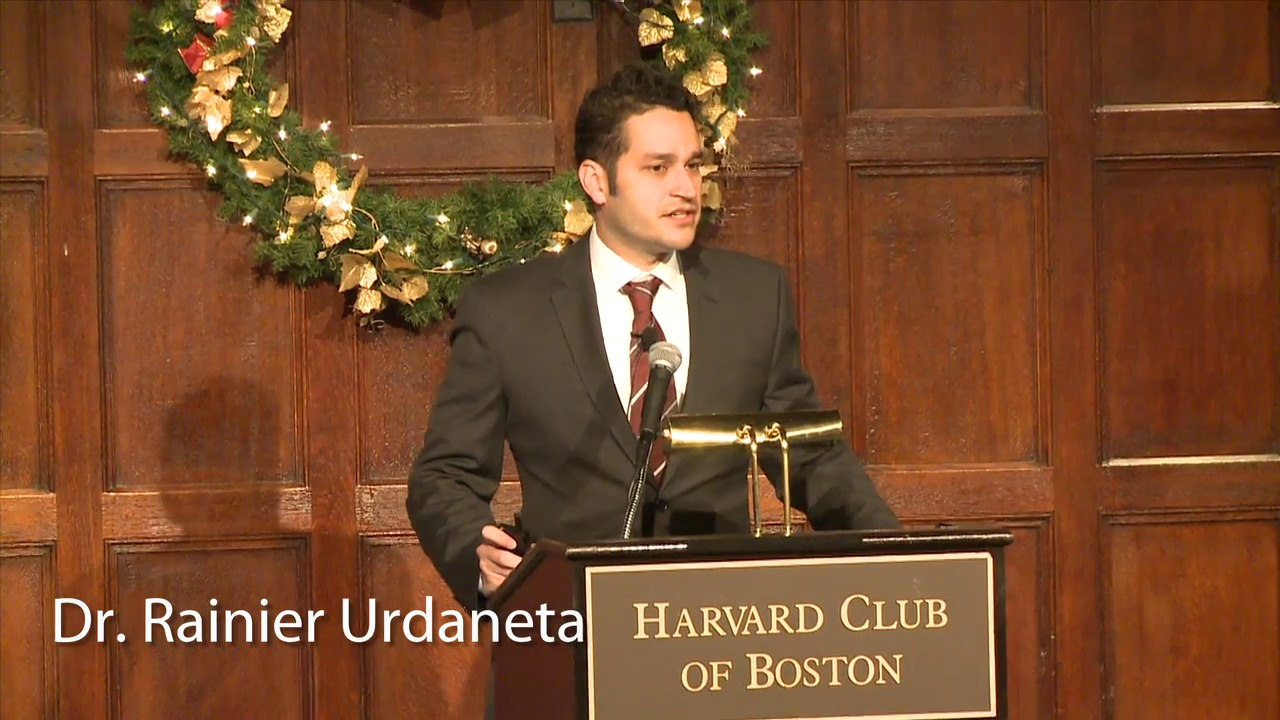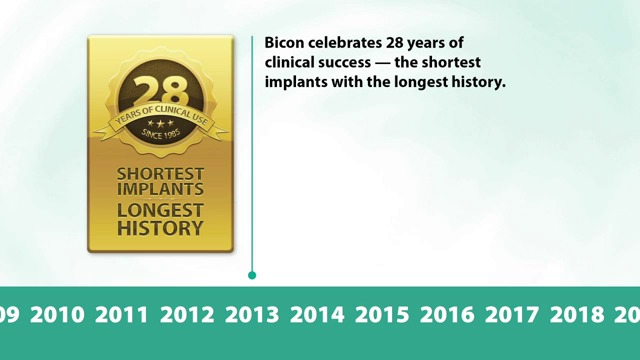
|
Clinical Evidence of Bone Gain around Bicon Implants
Rainier Urdaneta, DMD Private Prosthodontic Practice |
|---|---|

|
Implant Well Diameters of the Bicon System
This video provides an introduction and explanation of Bicon’s three different implant well diameters. |

|
The History of The Bicon Design
The Bicon System has its origins dating back to 1968. Initial research was conducted at Battelle Memorial Institute in Columbus, Ohio by Thomas Driskell. The original implant design of Mr. Driskell used high density aluminum oxide as the implant material. In 1981, Driskell introduced an implant named Titanodont which was made from titanium alloy. Then, in 1985, he perfected his titanium implant design by patenting the DB Precision Implant, which is known today as the Bicon Dental Implant System. Whether Driskell knew it or not at the time he developed this implant system, his design coupled with the clinical support of Bicon has come to revolutionize implant dentistry by offering the innovations of SHORT® Implants, Integrated Abutment Crowns™, SynthoGraft™, and TRINIA™ and more. |
Introduction to Bicon Dental Implants
This introductory video should give the viewer a good history of the Bicon dental implant design and highlight some of its unique benefits and capabilities — including SHORT® Implants, superior aesthetics, and impressive bone maintenance. |
|
A Bacterially Sealed Implant-Abutment Connection: An In Vitro Evaluation
Dr. Serge DibartBoston University |
|
A Screwless and Cementless Technique for Restoration of Single Tooth Implants: A Retrospective Cohort Study
Dr. Rainier UrdanetaHarvard University |
|
20 Years of Clinical Success with the Bicon Design
Dr. William GrippoUniversity of California at San Francisco |
|
The Bicon Design: Offering Unique Clinical Capabilities
Dr. Robert ChapmanTufts University |